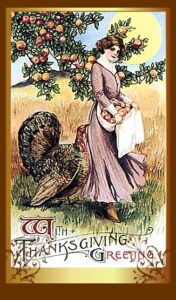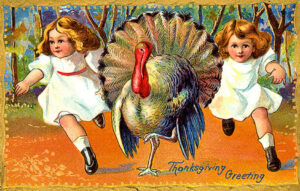Methow Valley beavers are the stars in Wild Kingdom episode

The film crew from Mutual of Omaha’s Wild Kingdom visited three sites in the Methow Valley to highlight the role of beavers in restoring a healthy ecosystem. Local beavers — and work by the Methow Beaver Project (MBP) to create a healthy ecosystem — are starring in an upcoming episode of Mutual of Omaha’s Wild Kingdom. The “Eager Beavers” episode on the long-running nature show features three sites in the Methow Valley — a Twisp River side channel and the Bear Creek and Texas Creek watersheds. The program also highlights beaver-restoration work in Oregon and California. Eager Beavers, part of the Protecting the Wild series, premiers this month at WildKingdom.com. The beaver project is hosting a free screening on March 17. The episode showcases the role beavers play in creating a sustainable future across the country and, in particular, in the arid West, MBP Restoration and Outreach Assistant Willie Duguay said. The Wild Kingdom crew went to the Bear Creek watershed where beavers are helping reclaim an area that burned in the 2014 Carlton Complex Fire. The crew also looked at the connections between beavers and salmon habitat. Eager Beavers chronicles changing attitudes toward beavers. After widespread trapping, beavers had been extirpated from the West by the early 19th century. With few beavers on the landscape, people settled along rivers and took advantage of fertile soil in former floodplains, according to MBP.“ Long thought to be a nuisance animal, beavers have been waiting for their time to shine. Now as climate change, drought and other damaging ecological factors severely impact groundwater and wetland habitats, science is finally understanding the importance of these natural engineers for the health of our planet,” Wild Kingdom said.
Also, if you’re in the vicinity of Methow Valley, there will be a free screening:
The Methow Beaver Project is screening “Eager Beavers” on Friday, March 17, at 6 p.m. at the Methow Valley Community Center in Twisp. There will be beaver-themed trivia and a Q&A session. Admission is free. Beverages for adults and children will be available for purchase.
The episode will also be screened that same night at 6 p.m. at the Community Cultural Center in Tonasket.
Eager Beavers can be viewed on WildKingdom.com starting March 19.
Mutual of Omaha’s Wild Kingdom, one of the earliest TV shows to feature nature and adventure, broadcast its first show 60 years ago. The Protecting the Wild series will be hosted by Peter Gros, co-host of the original series.
Eager Beavers is the sixth episode in the 10-part series.
More at the Methow Valley News.
In the meantime you can travel back in time to the early 1980s when Wild Kingdom aired Valley of the Beavers, which was shot in Canada. Probably due to the difficulty of finding healthy beaver habitat in the US at that time.
Valley of the Beavers, Part I
Valley of the Beavers, Part II
They’re each around twenty minutes long with some very good photography. Single mom raising her kits story.






 In addition to providing outstanding wildlife habitat, freshwater marshes perform several vital ecological functions. Marsh plants capture sediments running off the land from roads, development, and farm fields and filter out excess nutrients that would otherwise degrade water quality. These wetlands store floodwaters, control erosion, and recharge groundwater supplies. Marshes also offer recreational value and are popular places for paddling, birdwatching, hunting, and fishing.
In addition to providing outstanding wildlife habitat, freshwater marshes perform several vital ecological functions. Marsh plants capture sediments running off the land from roads, development, and farm fields and filter out excess nutrients that would otherwise degrade water quality. These wetlands store floodwaters, control erosion, and recharge groundwater supplies. Marshes also offer recreational value and are popular places for paddling, birdwatching, hunting, and fishing. Tell me more about how hard wetlands are to create?
Tell me more about how hard wetlands are to create?



































